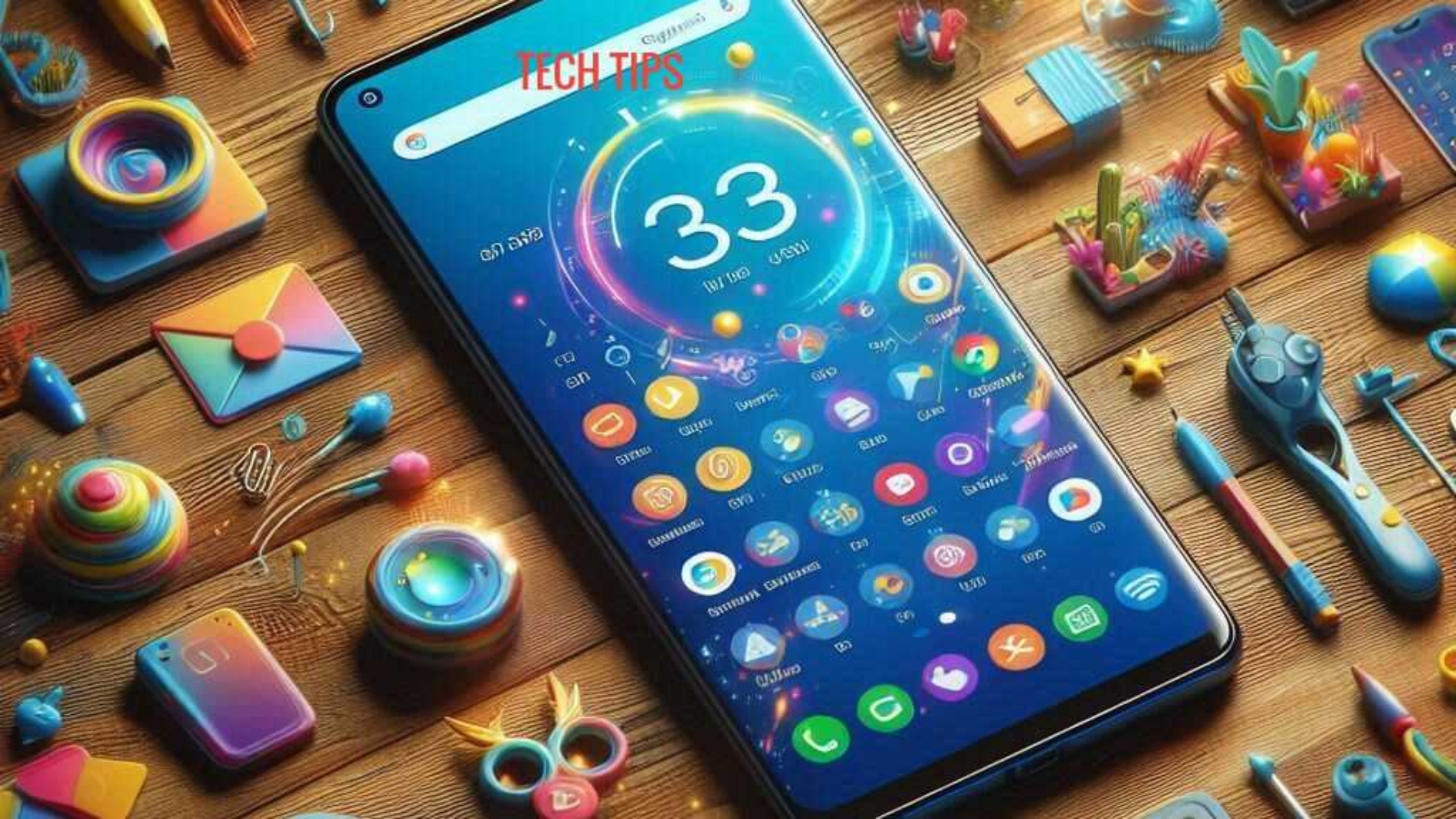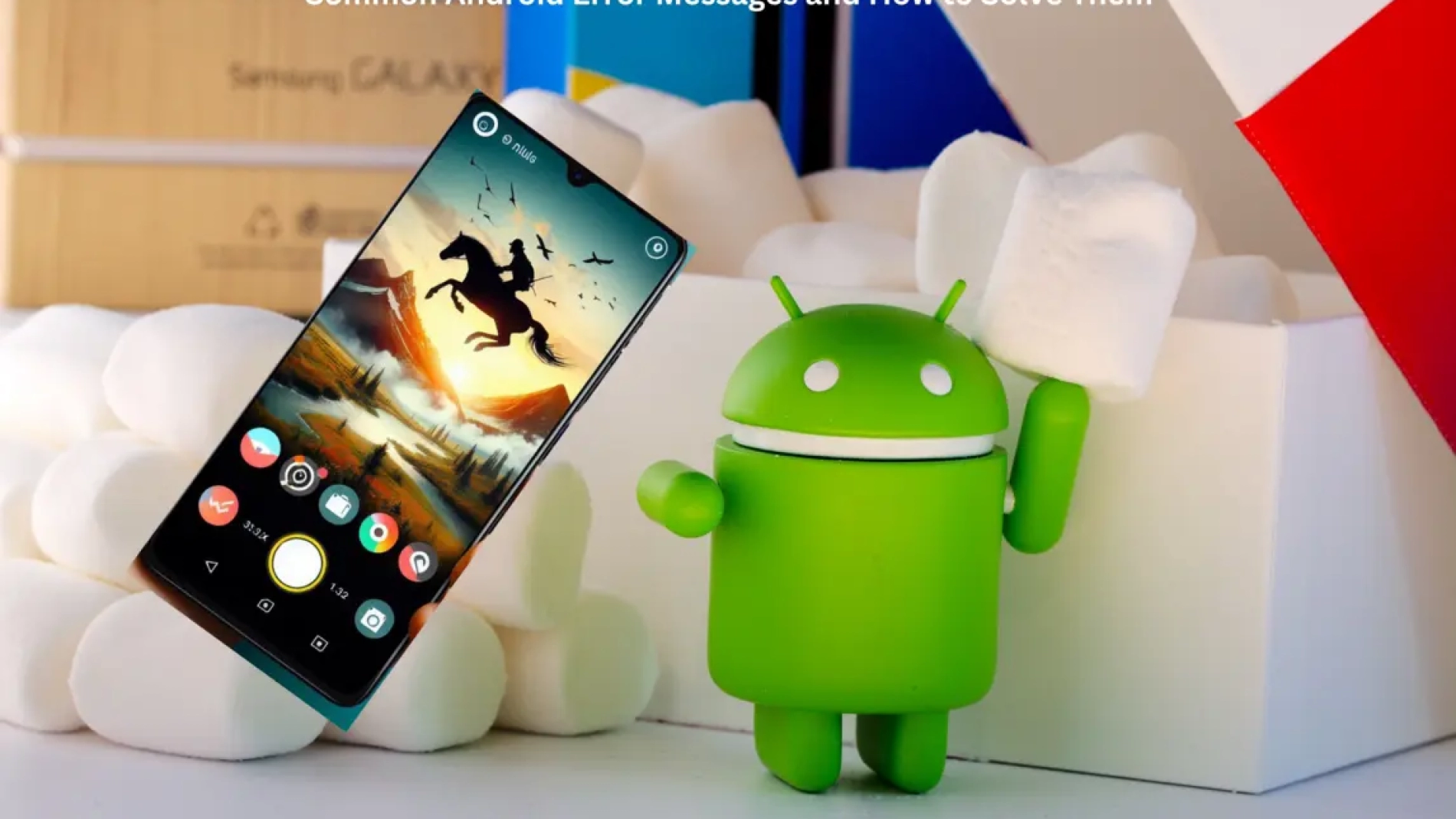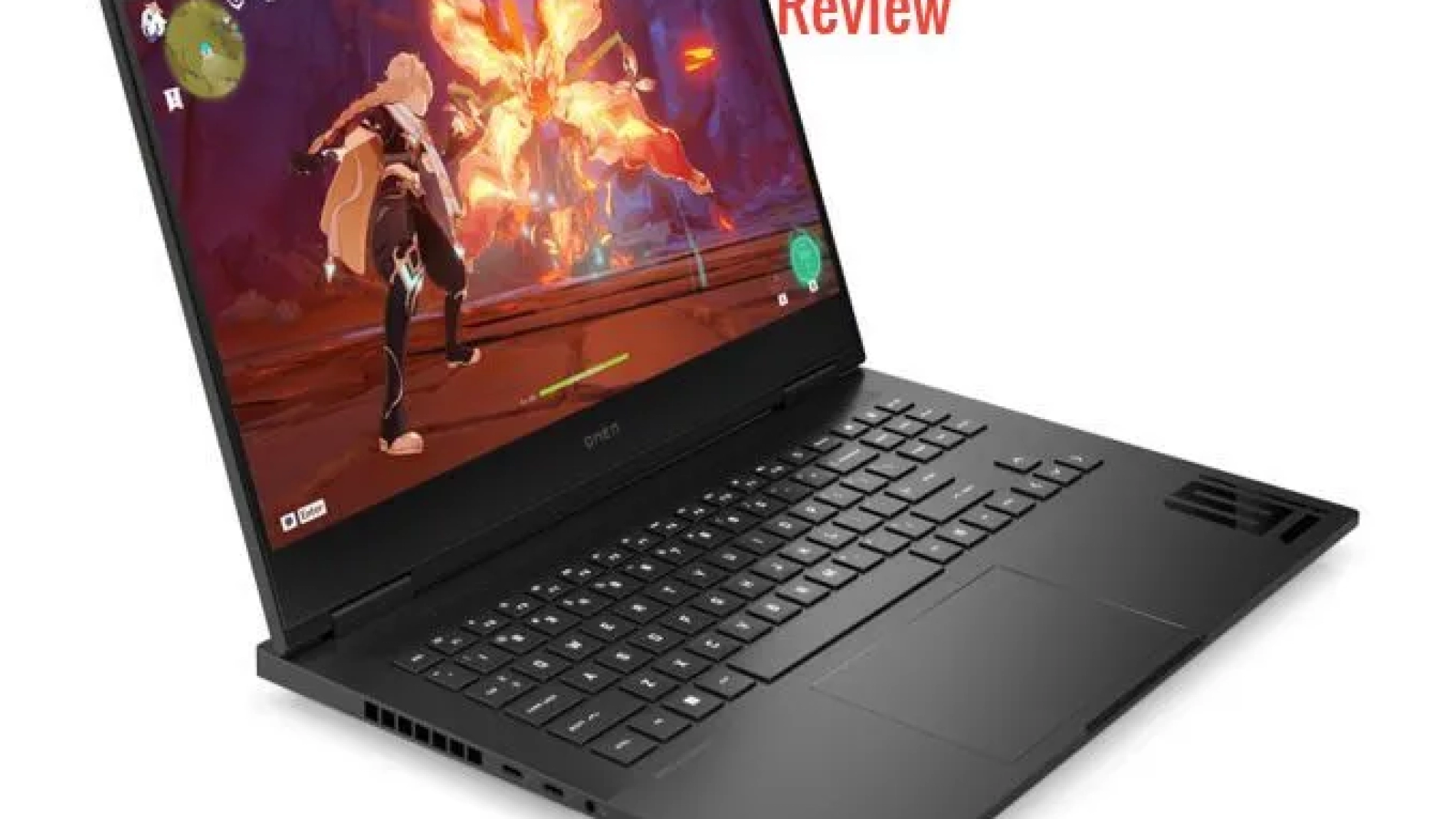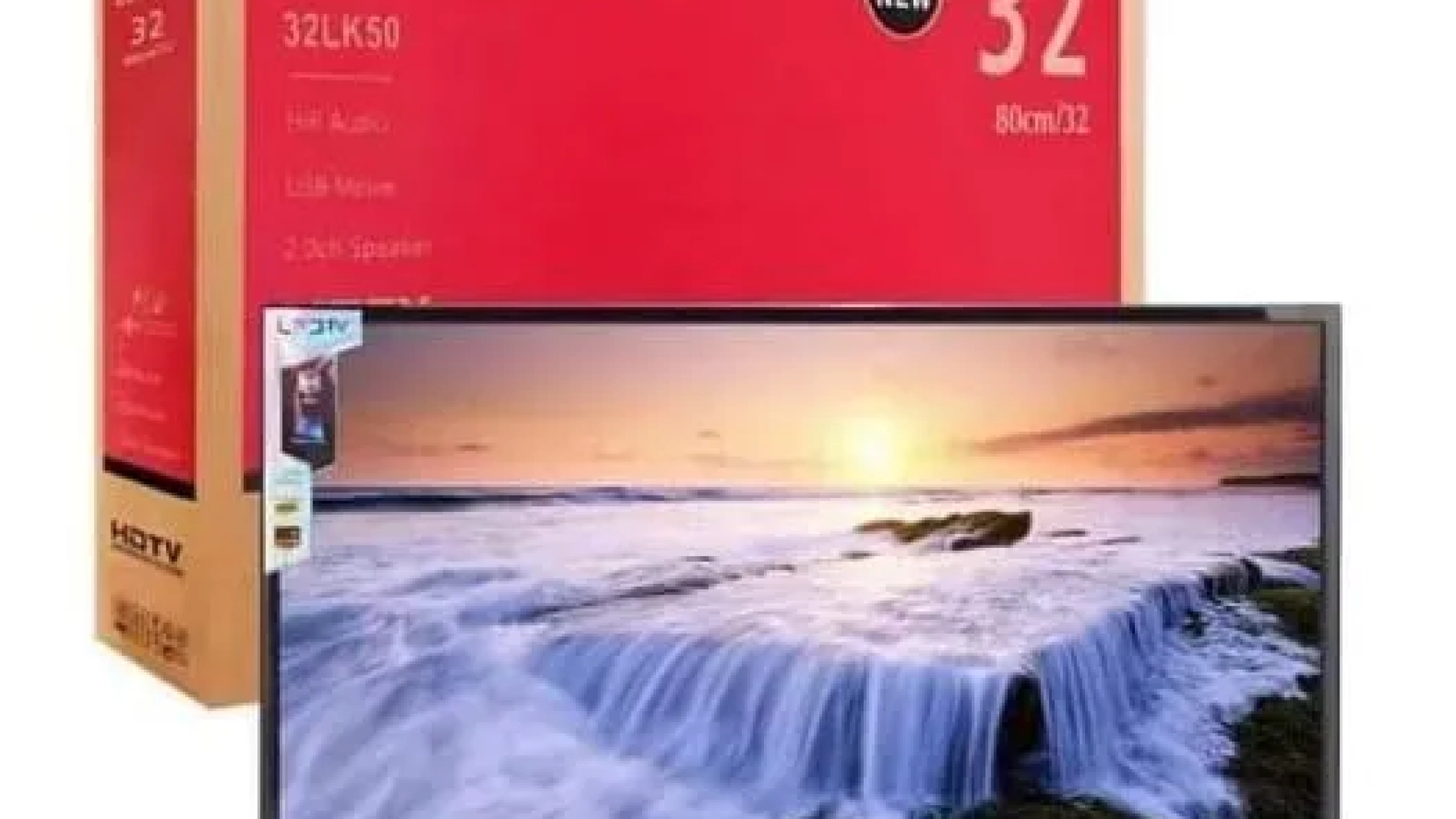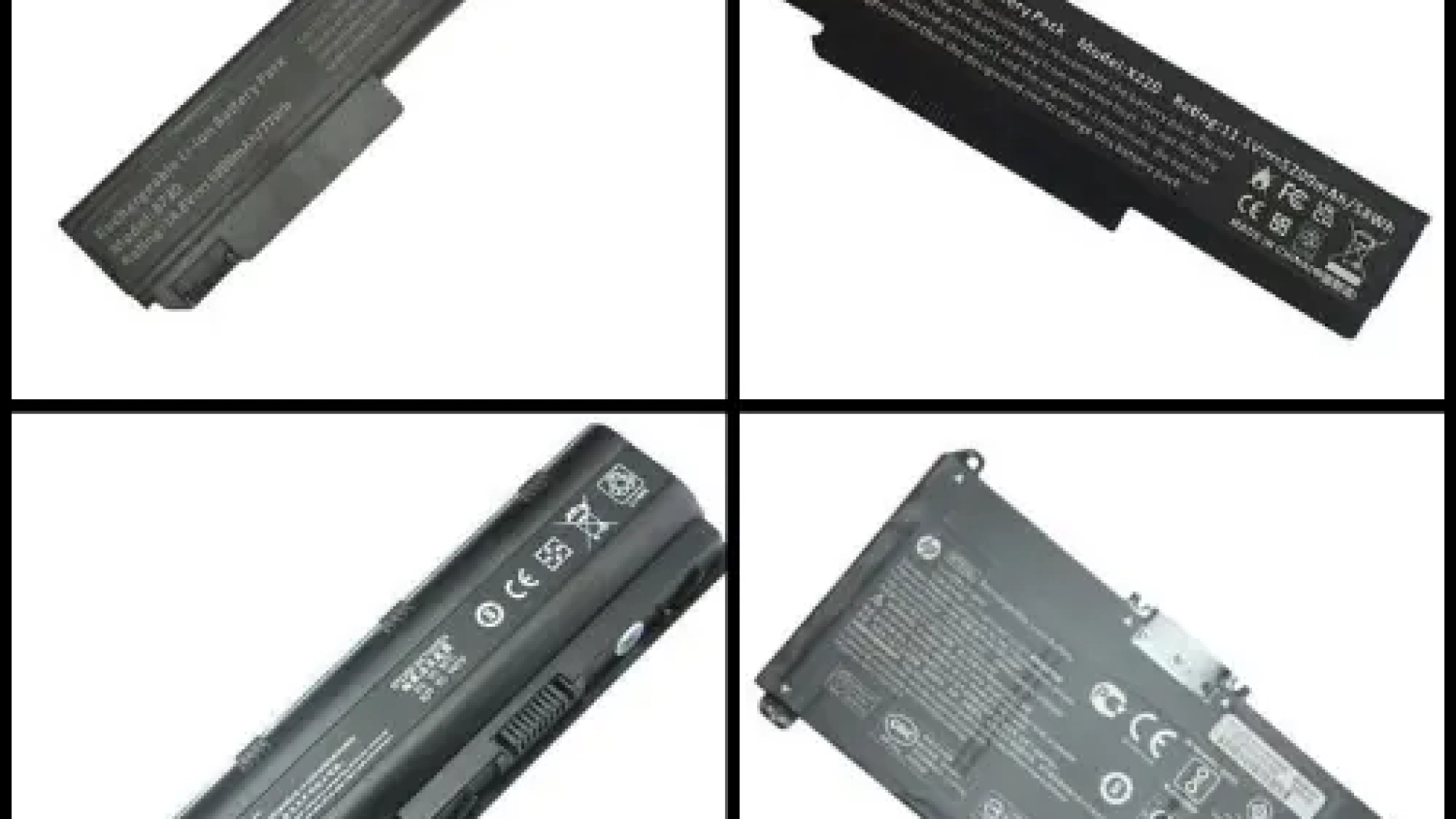When shopping for high-performance gaming laptops, two major contenders often come to mind: MSI and HP Omen. Both brands have recently released their 13th-generation models, each pushing the limits of portable gaming. In this blog post, we’ll break down the key differences between MSI and HP Omen’s 13th-gen laptops, comparing performance, design, and features to help you choose the right one for your needs.
1. Performance Comparison: MSI vs. HP Omen (13th Generation)
When it comes to gaming performance, both MSI and HP Omen leverage Intel’s latest 13th-gen processors. However, the approach each company takes to optimize their systems for gaming and productivity differs.
MSI 13th-Gen Laptops: Power for Gamers and Creators
MSI’s 13th-generation laptops are built not only for gaming but also for content creation. Equipped with Intel’s 13th-gen i7 and i9 processors, these laptops deliver exceptional power, making them suitable for professional creators and hardcore gamers alike. They come with NVIDIA GeForce RTX 40-series GPUs, offering advanced ray tracing and AI-enhanced graphics that significantly boost the gaming experience. MSI’s laptops are also equipped with their exclusive cooling technology, which keeps the system cool even during intense gaming or rendering tasks.
HP Omen 13th-Gen Laptops: Gaming-Centric Performance
HP Omen laptops focus primarily on gaming, powered by Intel’s 13th-gen i7 and i9 processors and NVIDIA GeForce RTX 40-series GPUs. These machines are designed to excel in gaming performance, and with OMEN Tempest Cooling Technology, they maintain peak performance under heavy loads. While HP Omen laptops are powerful enough for multitasking and light content creation, MSI models tend to offer better versatility for creators.
Performance Verdict:
For a balance between gaming and creative tasks, MSI’s 13th-gen laptops have the upper hand. However, if you’re solely focused on gaming, HP Omen is an excellent choice.
2. Design and Build Quality
Design and build quality are essential factors, especially when considering portability and style.
MSI: Sleek and Professional
MSI’s 13th-gen laptops have a sleek, professional look with a brushed aluminum finish and minimalist design, making them ideal for users who want a premium feel without sacrificing portability. These laptops are lightweight, making them suitable for users who need a device for both work and play while on the go.
HP Omen: Bold and Aggressive
In contrast, HP Omen laptops feature a bold, gaming-centric design with customizable RGB lighting. They are slightly heavier than MSI models but built for durability and long gaming sessions. The design appeals to gamers who want their laptop to reflect their passion.
Design Verdict:
If you prefer a sleek, versatile design that suits both work and gaming environments, MSI is the better option. HP Omen, with its aggressive style and sturdy build, is for those who want a bold, gaming-inspired look.
3. Display Quality and Refresh Rate
Both MSI and HP Omen offer high-quality displays, but there are some differences in refresh rates and resolution options.
MSI: High Refresh Rates for Fluid Gameplay
MSI’s 13th-gen laptops feature displays with refresh rates of up to 240Hz or 360Hz on select models, ensuring a smooth, fluid gaming experience. These high refresh rates are ideal for fast-paced games like first-person shooters. Additionally, MSI offers QHD and 4K options for users who prioritize stunning visuals, whether for gaming or creative work.
HP Omen: Immersive Visuals
HP Omen laptops provide excellent display options, including up to QHD resolution and refresh rates of 165Hz or 240Hz. While these specs are more than adequate for most gamers, the lower refresh rates compared to MSI may make a difference in ultra-competitive gaming scenarios.
Display Verdict:
MSI leads in this category with higher refresh rates, ideal for competitive gaming. HP Omen offers great display options as well, but MSI provides the edge for gamers seeking the smoothest possible experience.
4. Price and Value for Money
Pricing varies between the two brands, and your budget may play a significant role in your decision.
MSI: Premium Performance at a Higher Price
MSI’s 13th-gen laptops tend to come with a higher price tag, especially for configurations featuring top-tier processors and GPUs. However, the extra cost is justified for users who need both gaming and content creation capabilities. MSI laptops offer superior build quality, performance, and advanced features like better cooling and higher refresh rates.
HP Omen: Competitive Pricing
HP Omen laptops are generally more affordable, making them an attractive option for gamers on a budget. While they may lack some of the extra features of MSI laptops, HP Omen still provides great performance and value, particularly for those focused purely on gaming.
Price Verdict:
HP Omen is the more budget-friendly option for gamers. However, if you need a powerful machine for both gaming and content creation, MSI is worth the investment.
5. Software and Customization Options
Both brands offer software to enhance and customize the gaming experience.
MSI: Creator-Centric Software
MSI laptops come with the MSI Creator Center, which allows users to optimize their laptop for both gaming and creative tasks. It includes features like overclocking, fan speed control, and performance customization, ideal for power users who want total control.
HP Omen: Gamer-Friendly Customization
HP Omen laptops come with the OMEN Gaming Hub, a software suite focused on optimizing gaming performance, network settings, and lighting. While it doesn’t offer as many creator-focused options as MSI’s software, it provides everything gamers need for a smooth experience.
Software Verdict:
MSI’s software is better suited for creators and power users who need extensive customization. HP Omen’s software is focused primarily on gaming, providing the essentials for gamers without additional features.
Conclusion: MSI vs. HP Omen (13th Generation)
MSI’s 13th-gen laptops excel in versatility, making them the best option for those who need a device for gaming and professional work. Although they come at a higher price, their performance and features justify the investment.
HP Omen’s 13th-gen laptops are perfect for gamers seeking excellent performance at a more affordable price. With a bold design and robust gaming features, HP Omen offers great value for dedicated gamers.
Ultimately, the choice between MSI and HP Omen depends on your specific needs. MSI is ideal for those looking for a mix of gaming and content creation, while HP Omen is the perfect choice for budget-conscious gamers.

